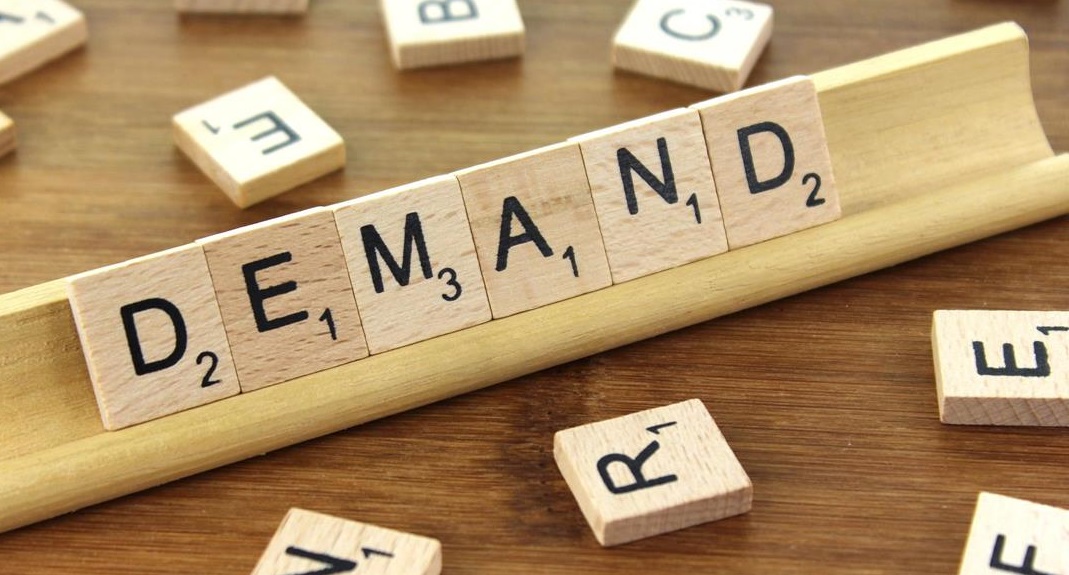
COVID19: Is The "Deviated Demand" Becoming A Subject Of Study ?
Entrepreneur | Author | Podcaster

COVID19: Is The "Deviated Demand" Becoming A Subject Of Study ?
COVID has disrupted the systematic and pre-determined demand curve. This demand curve started following an unexpected pattern. Previous assumptions of demand, no longer prevailed. This period can be explained with the help of “Maslow’s Hierarchy Of Needs”. “Maslow’s Hierarchy Of Needs” has five divisions. they are
Now, in this situation psychological needs took the front seat. Anything other than that, was considered non-essential. Hence the demand graph was promising for items at the base of the triangle. Whereas, the demand graph of other items fell flat. The demand behaviour of this kind was unexpected even a year ago. All forecast by different companies and economic machineries used stands discarded.
One more reason for temporary and unimaginable demand curve behaviour, was due to sudden panic. The panic lead to over-purchase of certain items. Panic button got pressed due sudden lockdown. Consumers started stocking essential items fearing the shortage in supply.
The whole situation changed the consumer behaviour which led to :
This led to complicated change of consumer behaviour. Change in behaviour of consumers too resulted in shift of demand graph.
Product category wise study too revealed interesting trends. The product like toiletries, food items, cleaning supplies, medicines took the priority seat. Whereas cosmetics, appliances and electronic goods where de-prioritized. A study by McKinsey and Company has revealed an interesting trend, by comparing sale over first three weeks of pandemic vis-a-vis 2019.
As per McKinsey and Company report for demand Archtypes emerged during the period
McKinsey report also highlighted some more shifts :
As per Hindustan Times report, agri-sector will carry on as it is. Other sectors will show little or more decline. As per Economic Times report, this pandemic will have “a severe demand shock” for economy. As per Dun and Bradstreet Chief the closure of business had lead to global supply chain disruption, leading to steep fall in demand.
Overall demand graph during and post-COVID will be a deviated one. Hence an entrepreneur should always check and study the graph before taking any strategic decision.
3 thoughts on “COVID19: Is The “Deviated Demand” Becoming A Subject Of Study ?”